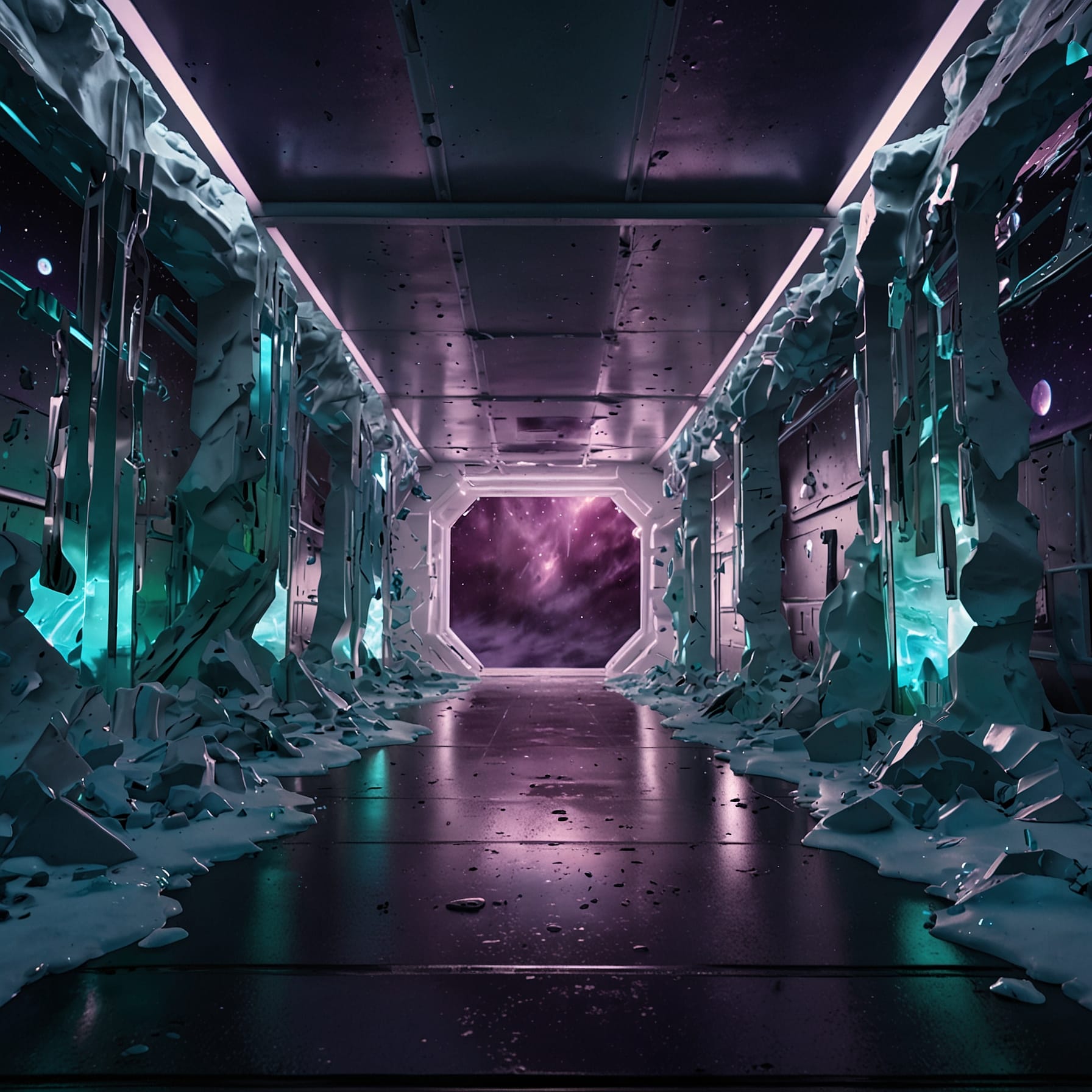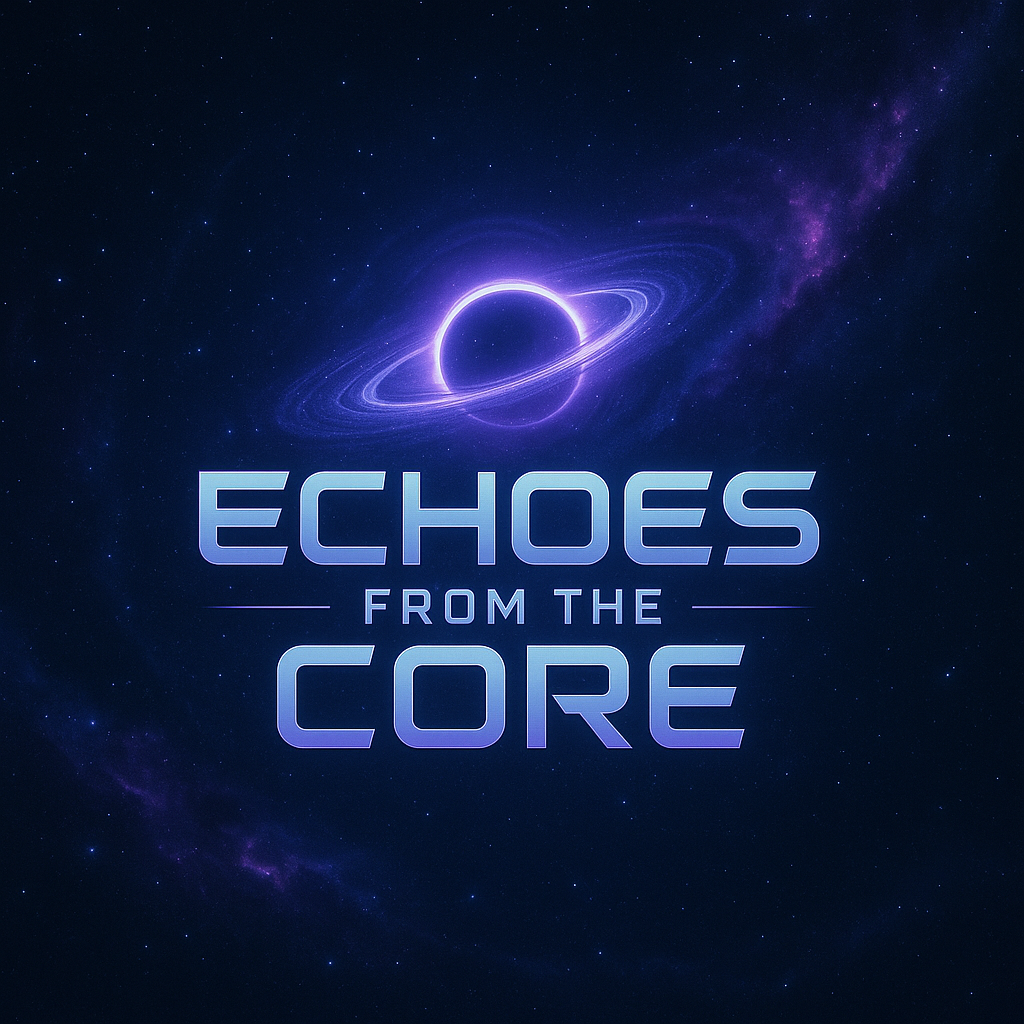Waking Aurora

Juno Lee stood before the reinforced viewport of Europa Station’s west wing, where ice met vacuum in silent testament to the moon’s frozen expanse. All day, the power grid had remained unstable, systems flickering in half-lit rhythms with no apparent cause. Then, as the station entered the long lunar night, a cascade of emerald and violet light streamed through the observation glass—an aurora unlike any recorded. The charged particles didn’t originate in Jupiter’s magnetosphere; they pulsed directly from the void beyond.
The plasma conduits shuddered as each arc of light brushed the station’s hull, resonating through the metal framework like cosmic chords. Juno raised her gloved hand, feeling the faint hum beneath her palm. High above, the auroral ribbons writhed through fractured windows, their colors dancing across frost-lined corridors and illuminating dormant lab modules—vials of experimental cultures, cryo-stasis chambers, and ancient logs of colonization attempts.
When Juno played back the sensor logs, she saw that every flash in the aurora corresponded to a specific frequency recorded in the dying stars of the Europa sector—an energy signature from suns long since collapsed into cold embers. It was as if the dying light itself had awakened the station’s slumbering systems, bridging centuries of silence with a single, sentient caress.
Below deck, the agricultural bays responded first: hydroponic lights flickered on, coaxing sprouted vines from nutrient-rich cartridges. In the engineering section, repair drones powered up, seeking out microfractures in the hull’s plating. On the command deck, emergency life-support reserves cycled fresh air into every sealed module. Europa Station, for all its age and neglect, felt alive in the presence of the Waking Aurora.
Juno transmitted an alert to Station Control: “The aurora is rewriting our systems—engaging all nodes in biosynthetic and mechanical revival. Proceed with caution. We may be witnessing the cosmos offering us renewed life.”
